Healthy food >>>> Edible algae - names and uses (Part 1)
Edible algae - names and uses (Part 1).

Algae is an exotic food for continental inhabitants and a common diet for inhabitants of coastal regions of seas and oceans. Edible algae include several species that grow in salt pools. There are three varieties of edible algae: green (spirulina, ulwa, monostroma, umi-budo), red (rhodophyta, carrageenan, porphyra) and brown (kelp, tengusa, fucus, mozuku, hijiki, limu, kombu). There are several other types of edible algae from these groups that are used for food, but practically do not come on sale, with the exception of those regions where they are harvested. Edible seaweed is the easiest way to replenish your diet with iodine, iron, phosphorus, B vitamins and light fiber. Edible algae in food Is a complete vegetable protein.

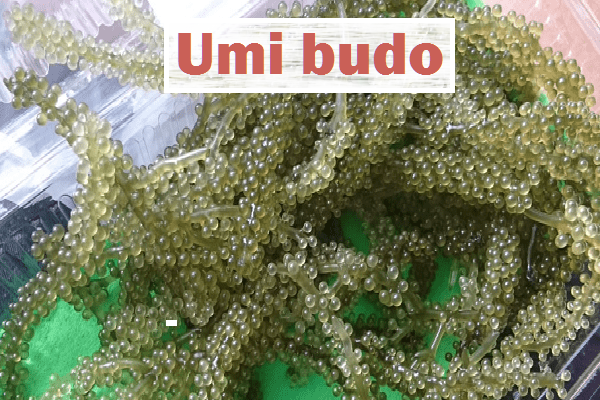
Fucus is a brown alga that has earned recognition primarily in pharmaceuticals as an immunostimulating agent and antiseptic. The word "brown" does not accurately reflect the appearance of this algae, which is also found in shades of green. The nutritional value of Fucus consists in a high concentration of vitamin A, group B, vitamin K, along with this, the alga is rich in vitamin E and mineral components: sodium, iodine, potassium, calcium, phosphorus, iron. In fact, Fucus seaweed is a miniature pharmacy. Thanks to the use of Fucus in food, it is possible to improve the health of tissues of the musculoskeletal system, heart muscle, endocrine disorders, and immunity.
Umi budo (Caulerpa lentillifera, other names: sea grapes, green caviar) - green algae, its name "sea grapes" acquired due to the external resemblance to microscopic bunches of grapes, and the name "green caviar" Umi budo received because of the salty taste and grainy appearance. Umi budo is a popular delicacy of the Japanese, Koreans, Chinese, but for Europeans it is a novelty. Umi budo is a low-calorie algae, rich in vitamins (A, E, B) and minerals (iodine, potassium, calcium, magnesium, phosphorus, magnesium, copper). In the diet, Umi budo is used as a delicacy due to the difficulty of delivering algae to other regions, but for residents of regions bordering on the places where it grows, this algae is a common delicacy.
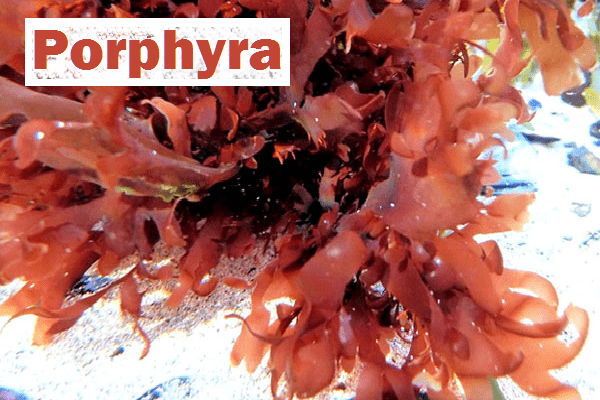
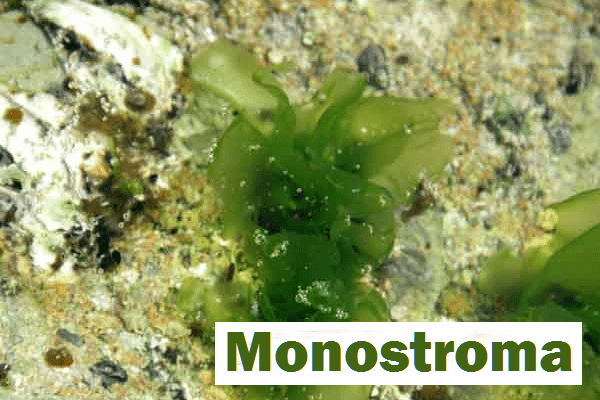
Porphyra (other names: Nori, Kim, Laver) - the most popular among the algae used for food. These are the familiar plates for onigri, sushi, rolls. They are mined off the coast of China, Korea, Japan and Wales. The nutritional value of this type of algae lies in the almost complete composition of B vitamins and trace elements (iodine, phosphorus, iron, calcium). Along with these beneficial substances, Nori contain vitamin A, vitamin C, vitamin E, which makes them successful bone repair and builders. Despite the fact that Porphyra is a plant, its caloric content is very high - about 350 Kcal. The advantage of this type of edible algae is that the iodine content in them is moderate, which does not threaten an overdose of iodine if the algae is abused in food. Porphyra belongs to red algae, although in nature its color varies from pinkish-red to greenish and brown.
Monostroma (aonori - "green Nori") - green algae, common in Japan, China, Korea, South America. Monostroma is a popular product in the production of sushi and rolls, as the industry produces it in the form of plates. Monostroma in pharmacology has established itself as an antiviral drug (for the treatment of Japanese encephalitis), but it has become the most popular due to its nutritional qualities and vitamin - mineral value. Monostroma contains B vitamins, vitamin C, vitamin A, minerals: potassium, manganese, zinc, phosphorus, iodine, magnesium. Monostroma is a source of vegetable protein and is extracted with the aim of widespread use in the diet of countries bordering on the places of its growth.
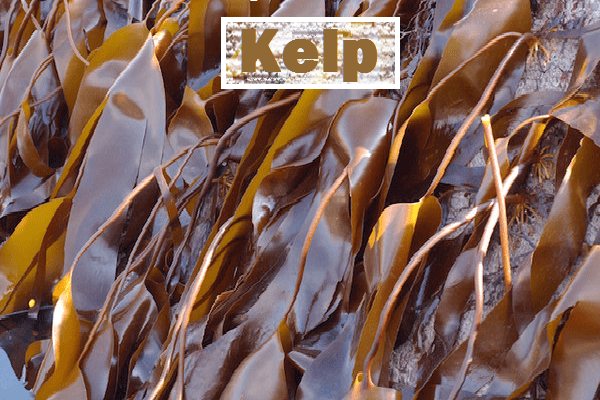
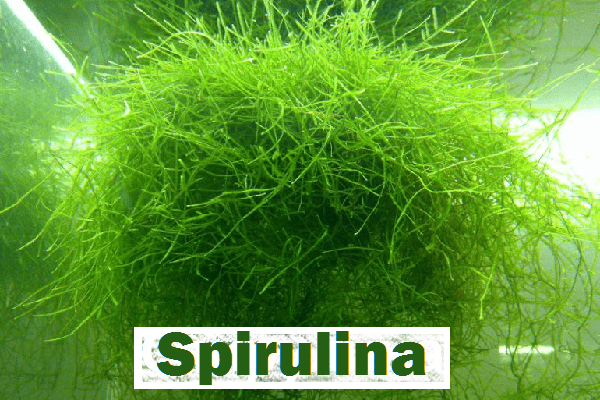
Kelp (arame, wakame) is a familiar, very common seaweed that is most often found on the market in pickled (canned) form. Pharmacy Kelp is a biologically active food supplement with a high iodine content, as mannitol (binder), Kelp can be a part of some medicines, food additives and food. Kelp is a good helper in the case of chronic constipation. Its hygroscopicity allows it to stimulate intestinal motility due to the fact that the alga absorbs water and increases in volume, which causes natural intestinal motility. A high content of pectin in kelphas a beneficial effect on diseases of the gastrointestinal mucosa. Kelp has a low calorie content (about 25 Kcal) and a high content of trace elements. In addition to iodine, it contains potassium, manganese, magnesium, molybdenum, cobalt, iron, phosphorus and many other elements, which makes Kelp a complete vitamin and mineral supplement. Kelp should not be abused in food, since a high concentration of iodine in a plant can cause an overdose of this trace element. Kelp refers to brown algae, but in nature it occurs in green and brown forms.
Spirulina (Arthrospira), a blue-green algae, is classified as a filamentous cyanobacterium rather than a plant. Spirulina is a valuable nutritional component, as it contains linoleic acids, a full line of B vitamins, vitamin A, vitamin E and vitamin D, which is beneficial for skin, bones, hair, nails. A rare selection of trace elements: zinc, selenium, sodium, magnesium, manganese, phosphorus, iron, calcium, make spirulina a unique supplement from the point of view of medicine. Spirulina is a highly concentrated protein in the diet, which has gained its popularity in protein diets and vegetarian cuisine. Spirulina is a full-fledged dish in the daily diet of many nations, as well as food for animals and fish.
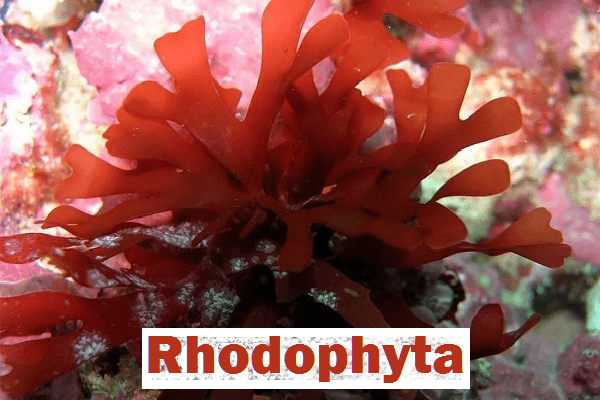
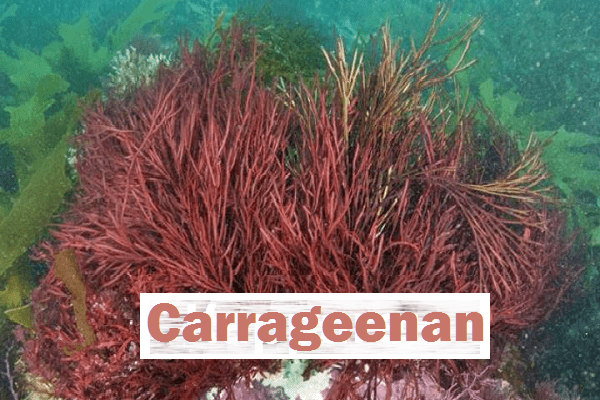
Rhodophyta (Palmaria palmate, other names: red dulse, sea lettuce flakes, creathnach) - red algae, distributed almost everywhere, which makes it unlikely to be a plant product of industrial production. Rhodophyta is a source of iodine and bromine, a classic selection of trace elements (iron, magnesium, potassium, zinc, selenium, phosphorus, fluorine, cobalt), provitamin A, vitamin E, B vitamins. Rhodophyta are rich in pectin and are very useful for gastrointestinal diseases. The high protein content of the leaves of Rhodophyta brought it to the diet of dishes of the cuisine of different nations. Rhodophyta is a part of many dietary supplements to improve their pharmacological characteristics, but it is rarely used as an independent pharmaceutical agent.
Carrageenan (other names: Carrageenins) is a moss-like algae due to the delicate structure of the leaves, which earned its name "Irish Moss". Carrageenan is a red algae rich in iron, iodine, phosphorus, potassium, manganese, molybdenum, vitamins A, E, C, group B. Carrageenan contains pectin and is a good enveloping agent, but recent studies have shown that the chemical composition of carrageen not as harmless as it seems. Abuse of Carrageenan in food is associated with delayed development of gastrointestinal cancer. Carrageenan is a popular thickener - agar, which is widely used in the food and cosmetic industry for the production of sauces, cocktails, ice cream, jellies, pastilles, creams, gels and similar consistencies.
Continued: Algae for Food - Names and Uses (Part 2)

Read

Read



























